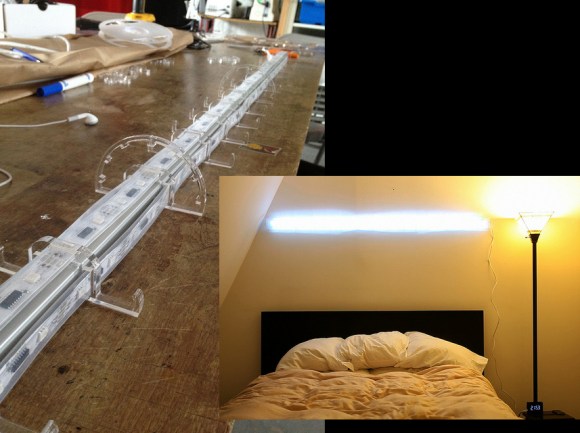This column of messages was printed with Escherichia coli. That’s the bacteria better known as E. coli which can cause so many problems if it makes its way into our food. But the relative size and the fact that this strain was engineered to glow in the dark makes it a perfect candidate for Bio Printing. We find it even more interesting that it was printed using hacked inkjet and computer parts.
There are legitimate uses for this type of technology. But this project is aimed more at getting the word out about the method and how easy it can be. For us, it’s the close look at modern inkjet print heads that was the most interesting. It turns out that common cartridges have an overly high-resolution for this to work well. In order to get so many dots in such a small area the nozzle openings end up being too small for most biological material to fit through. There is also an issue with a filter built into the silicone technology inside.
The solution was to use the InkShield to drive cartridges from very old printers. This lets the team command the cartridge with an Arduino, making it dead simple to tweak the way the material is deposited. They mounted the cartridge holder (using decades-old technology in the form of HP Deskjet 500 cartridges) on the sled of an optical drive and went from there.
Take a glance at the printer in action in the clip after the break.
Continue reading “Build A Bioprinter From Very Old Inkjet Cartridges”













